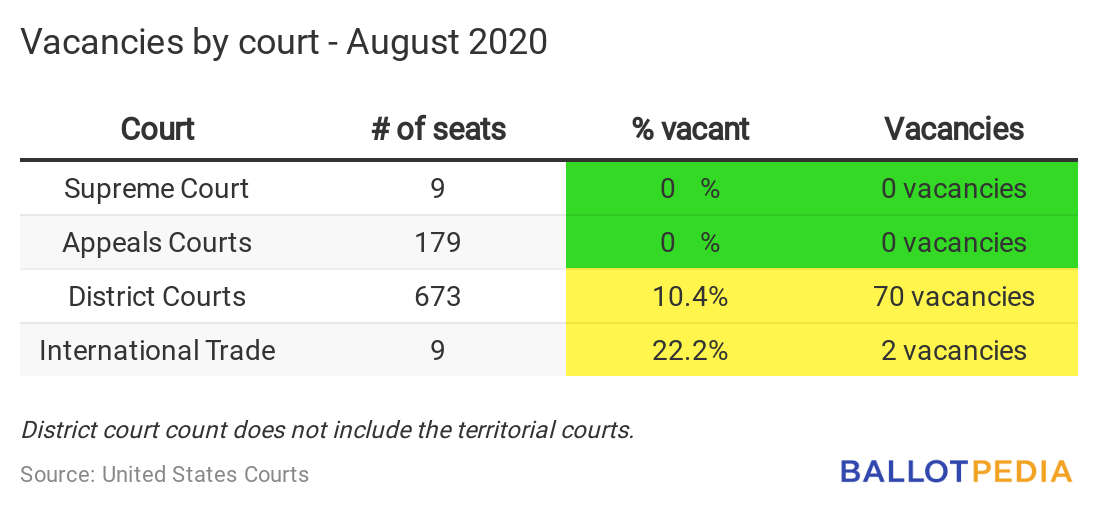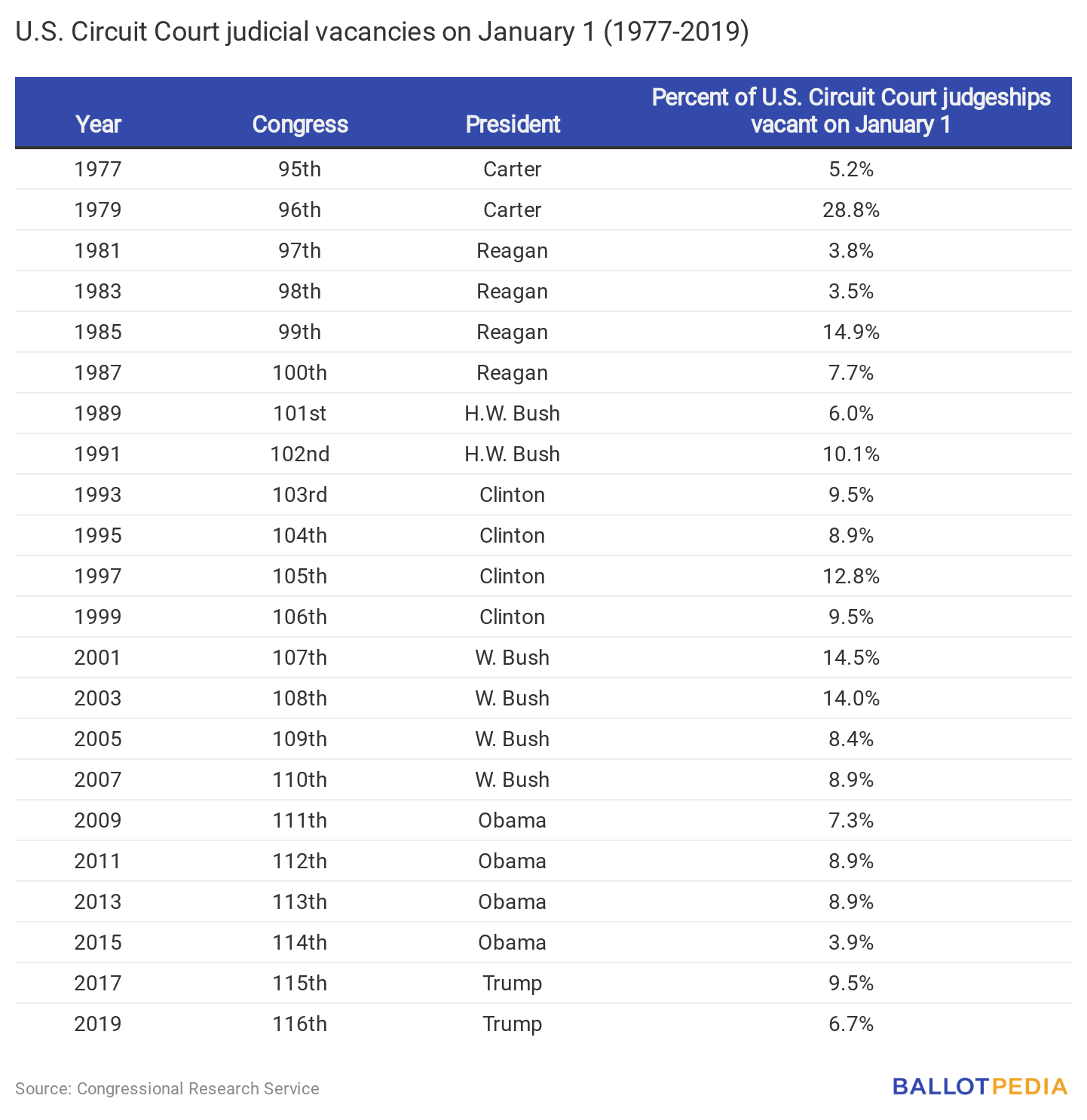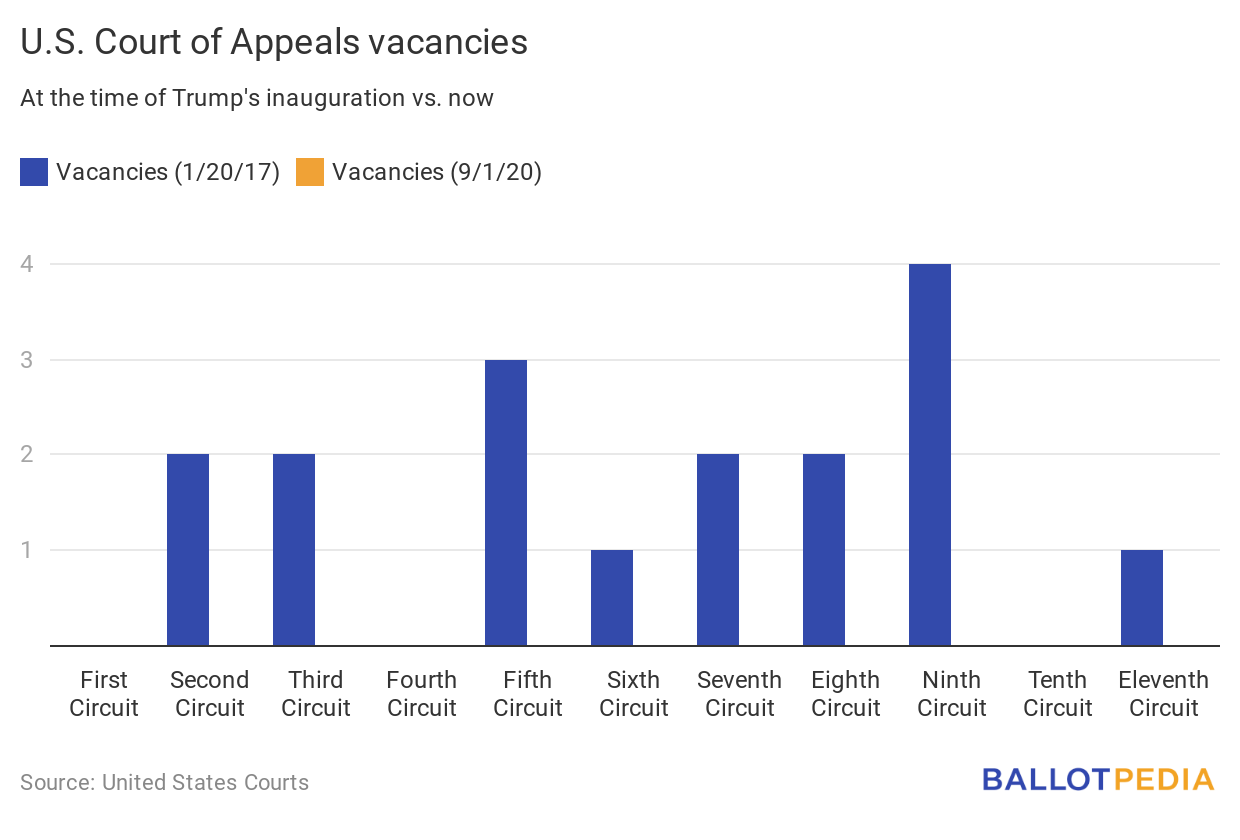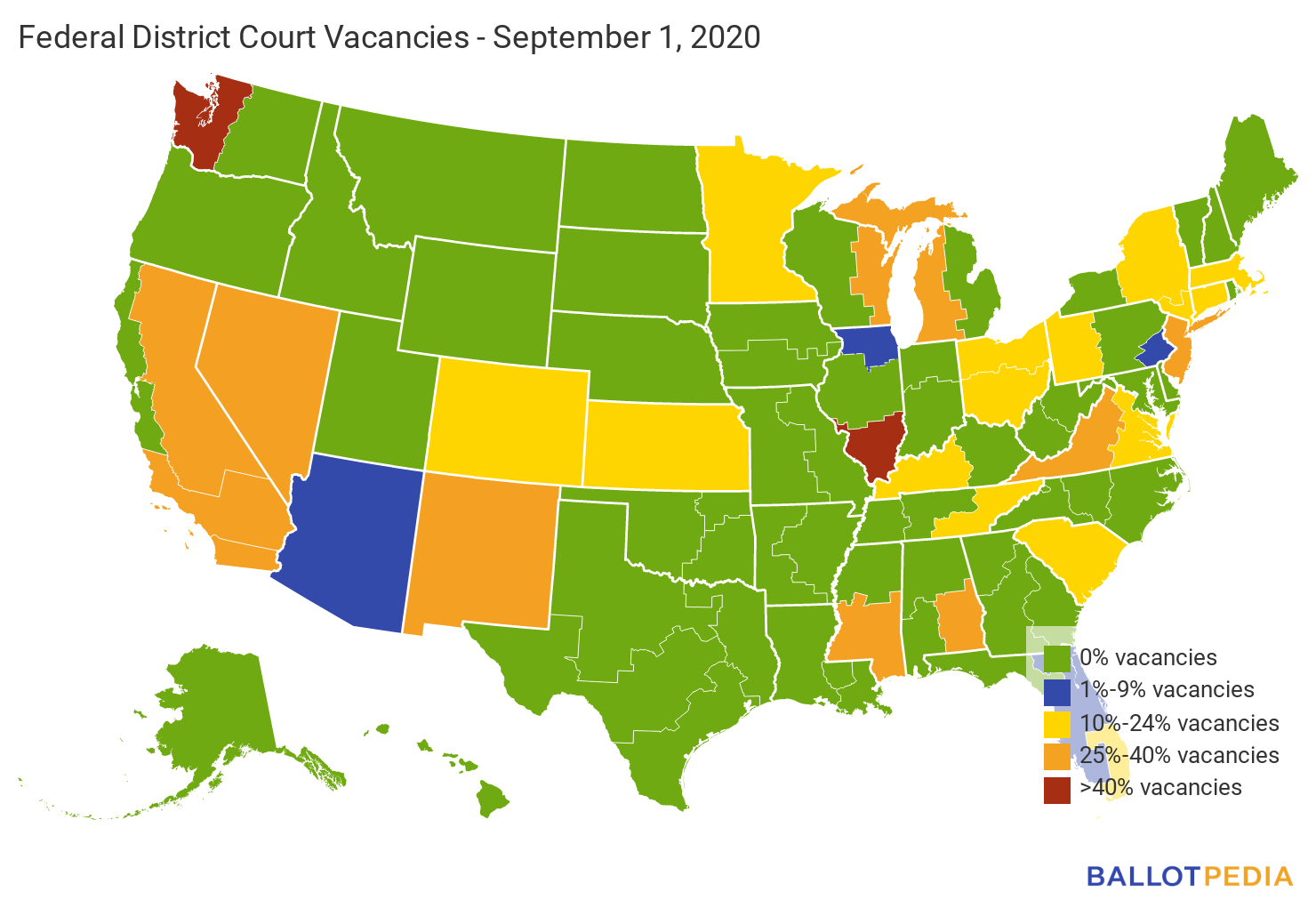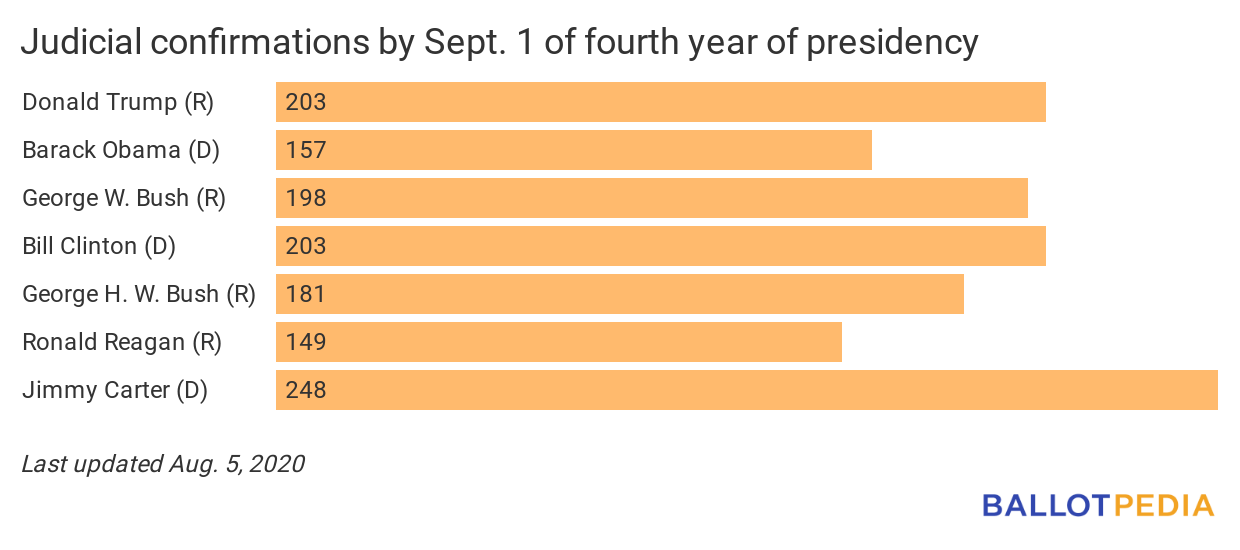| Welcome to the September 14 edition of Bold Justice, Ballotpedia’s newsletter about the Supreme Court of the United States (SCOTUS) and other judicial happenings around the U.S. There’s less than a month to go before the Supreme Court begins its new term! We know you are as excited as we are. In the meantime, follow us on Twitter or subscribe to the Daily Brew for all the latest information. |
 The court will begin its 2020-2021 term on October 5. So far, the justices have agreed to hear 31 cases. Of those, 12 were originally scheduled for the 2019 term but were delayed because of the coronavirus pandemic. Click here to read more about SCOTUS’ 2020-2021 term. The Supreme Court finished its 2019-2020 term on July 9. The court agreed to hear arguments in 74 cases, but heard arguments in only 61 cases due to the coronavirus pandemic. Click here to read more about SCOTUS’ 2019-2020 term. Upcoming SCOTUS datesHere are the upcoming dates of interest in September and October:
|
 |

The Federal Vacancy Count tracks vacancies, nominations, and confirmations to all United States Article III federal courts in a one-month period. This month’s edition includes nominations, confirmations, and vacancies from August 3 to September 1. Highlights
Vacancy count for September 1, 2020A breakdown of the vacancies at each level can be found in the table below. For a more detailed look at the vacancies on the federal courts, click here.
*Though the United States territorial courts are named as district courts, they are not Article III courts. They are created in accordance with the power granted under Article IV of the U.S. Constitution. Click here for more information. New vacanciesNo judges have left active status, creating Article III life-term judicial vacancies, since the previous vacancy count. The president must make a nomination to fill vacant Article III judicial positions. Nominations are subject to confirmation on the advice and consent of the U.S. Senate. U.S. Circuit Court of Appeals vacanciesSeventeen U.S. Court of Appeals judgeships were vacant when President Trump was inaugurated on January 20, 2017. Today, there are no U.S. Circuit Court of Appeals vacancies. According to the Administrative Office of U.S. Courts, no U.S. Circuit Court of Appeals judges have announced their intent to leave active judicial status during the remainder of Trump’s current term. This is the first time there have been no federal appeals court vacancies since at least 1977. Between January 1, 1977, and January 1, 2019, an average of 9.6% of U.S. Circuit Court of Appeals judgeships were vacant. U.S. District Court vacanciesThe following map displays U.S. District Court vacancies as of September 1.
New nominationsPresident Trump has announced five new nominations since the previous report.
The president has announced 267 Article III judicial nominations since taking office January 20, 2017. The president named 69 judicial nominees in 2017, 92 in 2018, and 77 in 2019. For more information on the president’s judicial nominees, click here. New confirmationsBetween August 3 and September 1, the Senate confirmed one of the president’s nominees to an Article III court.
Between January 2017 and September 1, 2020, the Senate confirmed 203 of President Trump’s judicial nominees—146 district court judges, 53 appeals court judges, two Court of International Trade judges, and two Supreme Court justices. Trump is tied with President Bill Clinton (D) for the second-most Article III judicial appointments through September 1 of his fourth year of all presidencies since Jimmy Carter (D). The Senate confirmed 248 of Carter’s federal judicial appointees at this point in his presidency.
The average number of confirmed presidential judicial appointees through September 1 of a president’s fourth year in office is 191. The median number of U.S. Court of Appeals appointees is 35. Carter appointed the most with 54, while Reagan appointed the least with 28. Trump’s 53 appointments make up 30% of the 179 federal appellate court judgeships. Need a daily fix of judicial nomination, confirmation, and vacancy information? Click here for continuing updates on the status of all federal judicial nominees. Or, if you prefer, we also maintain a list of individuals the president has nominated. |
 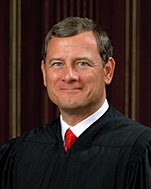
In the next several Bold Justice editions, we’re taking a closer look at the nine U.S. Supreme Court justices. Today, we’re learning about Chief Justice John Roberts.Roberts has been chief justice since September 29, 2005. President George W. Bush (R) originally nominated Roberts on July 19, 2005, to be an associate justice succeeding Sandra Day O’Connor. President Bush withdrew his nomination after Chief Justice William Rehnquist died on September 3, 2005. On September 6, the president renominated Roberts to be the 17th chief justice of the U.S. Supreme Court. The U.S. Senate confirmed Roberts by a 78-22 vote on September 29, 2005. Before joining the U.S. Supreme Court, Roberts was a judge on the U.S. Court of Appeals for the D.C. Circuit. Before that, he worked in private practice and for the U.S. Department of Justice. After law school, Roberts was a law clerk to U.S. Supreme Court Justice William Rehnquist. Roberts was born in Buffalo, N.Y., on January 27, 1955. He is a practicing Roman Catholic. He attended private schools as a child and graduated from La Lumiere School, an all-boys Roman Catholic boarding school in LaPorte, Indiana, as class valedictorian in 1973. Roberts earned an undergraduate degree, summa cum laude, from Harvard University in 1976. He wrote his thesis on British liberalism in the early 20th century. Roberts also earned his J.D., magna cum laude, from Harvard Law School in 1979. During his legal studies, Roberts served as managing editor of the Harvard Law Review. In the 2019-2020 term, Roberts wrote the following opinions:
|
 We’ll be back October 5 with a new edition of Bold Justice. We’ll be back October 5 with a new edition of Bold Justice. |
Bold Justice: No U.S. Circuit Court of Appeals vacancies
By


